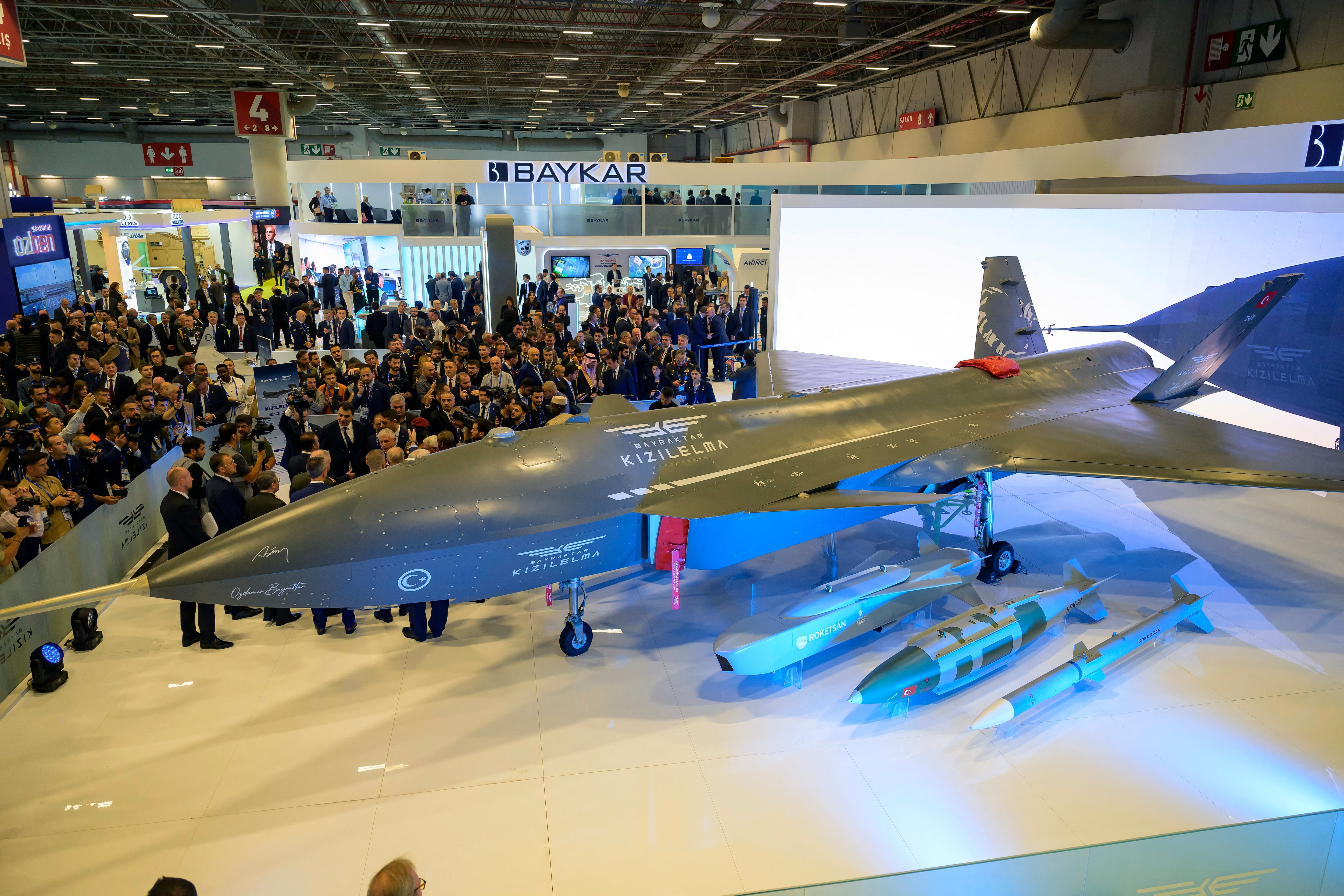The Army is poised to begin testing on a new capability that would bring top-secret intelligence closer to commanders on the front lines.
The next iteration of the Intelligence Processing Center, or IPC-2, will give brigade commanders readier access to information on the National Security Agency Network, known as NSANet. Presently, analysis at brigade must query division-level intelligence gatherers to access such data, a process that can take hours or even days.
"This will allow analysts access to signal[s] intelligence collection platforms that they didn't have before," said Kamman Lok, lead systems engineer with Distributed Common Ground System-Army, or DCGS-A, which is developing the new capability. "Now if they see an information gap, they can get access quickly to the national systems or sensors that meet those mission requirements."
While DCGS-A is designing the new systems, the Army's Communications-Electronics Research, Development and Engineering Center (CERDEC) has responsibility for the integration work needed to make all the pieces fit together in the back of a Humvee.
It expected to deliver the first such vehicle for testing in late September, said Lt. Col. Donald Burton, product manager for the DCGS-A Increment 1.
Initial tests at Aberdeen Test Center in Maryland will prove the vehicle's basic road-worthiness under rugged conditions. After that CERDEC is slated to produce three more trucks for systems testing, with full-rate production expected to begin in the third quarter of 2017, Burton said.
IPC-2 currently connects with SIPRNet and the Joint Worldwide Intelligence Communications System. NSANet will bring added signals intelligence to the mix, a category that may include a range of voice and electronic communications.
With more timely access to sigint, IPC-2 "will increase the speed and flexibility that the commander on the battlefield has to conduct his operation," said Edwin Wyman, project lead for IPC-2.
In order to incorporate the new network access into IPC-2, designers needed to build in an additional server stack, including an extra switch and increased storage capabilities. This put some added physical demands on the system, with a requirement for additional air conditioning. At the same time, the overall weight of the unit will drop from 12,900 to 12,400 pounds.
Part of the weight loss comes thanks to the adoption of USB flash drives in place of older disc-based memory, bringing the memory component down from 170 to just 70 pounds while still adding capacity. "Every time the technology refreshes, things get lighter and more efficient," Wyman said.
While it will require special expertise to analyze and exploit the newly available top-secret data, Burton said the brigades already are well positioned to handle the task. He noted that the Army has for several years been moving in this direction, decentralizing key roles and capabilities in support of a more expeditionary fighting force.
"The Army did not used to fight at the brigade level. We fought at the division level," he said. "But that force structure already has changed, with more and more analysts allocated down to the brigade level who can do all the different exploitations, without having to rely on those higher echelons. Now we are pushing down those [intelligence] assets to enable that new way of fighting."
While NSA intel has been available in the past, for those willing to wait on a division-level query, the new ability to poll the system directly should give analysts a more efficient route to actionable information.
"If you search your criteria yourself, you are going to get more results and you are going to information that is more specific to your mission," Lok said.
That could have a direct impact both for commanders making decisions, and for soldiers in the field. "At the end of the day the job of the intel analyst is to produce meaningful intelligence that can be executed on the battlefield," Wyman said. "Very often, that means that time is of the essence."








